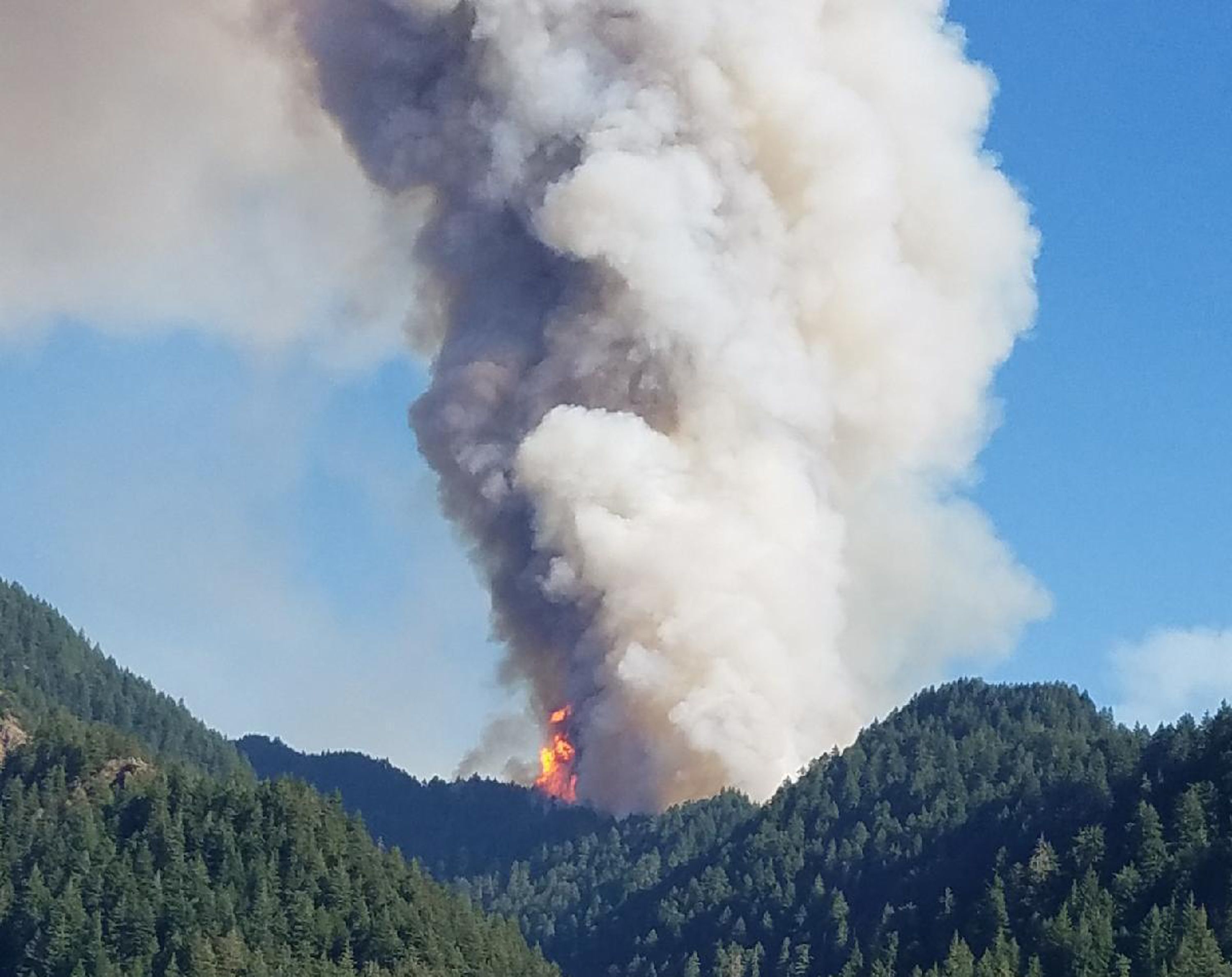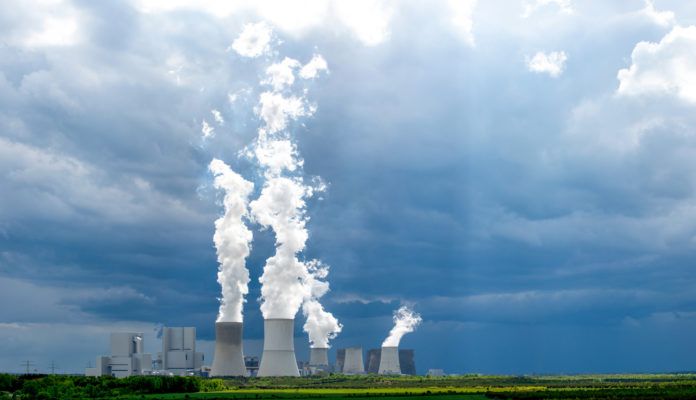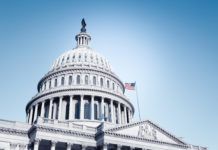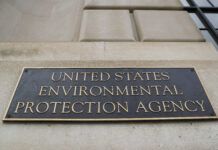The Baton Rouge-area industrial complex could reap some surprising benefits from last year’s wildfires in the Northwest. The 2017 fire season was so severe, it seems, that its ozone impact was felt as far away as south Louisiana.
That’s particularly significant in Baton Rouge, which was one bad-ozone day shy of being in “attainment” according to 2015 National Ambient Air Quality Standards.
DEQ Secretary Chuck Carr Brown thinks he can put the blame squarely on the fires. “Our modelers and folks that we use as consultants correlated a day in late October 2017 with the wildfires in the Northwest,” he adds. “We think that the jet stream and weather conditions in Louisiana at the time caused issues that would contribute to ozone factors at ground level. You can actually see from Lake Charles all the way to Baton Rouge that the fires impacted our ozone numbers.”

DEQ submitted the information to the Environmental Protection Agency in January for review and expects the agency to issue a determination before the end of the year. Ultimately, Brown hopes that the five-parish area will be declared in compliance with the NAAQS, based upon three years of compliance data. In the interim, though, he is pushing for an “unclassifiable” designation from the agency. “If they designate us as non-attainment, it’s much harder to get back into attainment,” he adds. “But if they designate us as unclassifiable, then we just present our new information and move into attainment.”
Speaking at the Louisiana Oil and Gas Association’s annual meeting in March, newly appointed Region 6 Administrator Anne Idsal says she plans to work closely with areas such as Baton Rouge that have not yet been given an ozone designation to “help them understand what those underlying concerns are or if there are gaps in the data. We’ve had a wonderful working relationship with LDEQ on instances such as this, and we are actively engaged.”
The DEQ finding was fortuitous, indeed, since that single day would have forced the area into noncompliance, a costly proposition for area industry.
“Everything was kind of hanging on that,” says Mike McDaniel, former DEQ secretary (2004-07) and recently retired head of the Baton Rouge Clean Air Coalition. “We’re currently in attainment but were about to be classified as nonattainment unless that extraordinary event was settled.”
Industry representatives such as BRCAC keep abreast of environmental issues as participants in the Advance Program, a collaborative effort between EPA, states and local governments that encourages expeditious emission reductions in ozone attainment areas in order to meet air quality standards.
The program also helps attainment areas in reducing emissions, addressing ozone levels and remaining in attainment. McDaniel says Baton Rouge-area industry should get much of the credit for the progress made in regard to air quality. “Just look at what it was like a few decades ago,” he adds. “We’ve made a lot of progress for an area that has heavy industry and commerce, as well as marine traffic. It has been kind of an extraordinary challenge, but we’ve been bouncing on the edge of attainment for the last several years.”
MOVING TARGET
Still, even if the current matter ends favorably, the threat of nonattainment will loom large as industry and government leaders grapple with the new standard. Fully implemented last year, the 2015 NAAQS reduces acceptable ground-level ozone to 70 parts per billion.
Previously, EPA officials had planned to delay implementation, but then withdrew a one-year hold on the standard after several states filed suit. The decision was undoubtedly disappointing for Baton Rouge’s industrial complex, as they were already in compliance with the 2008 standard of 75 parts per billion.
If—now or in the future—the Baton Rouge area is found in nonattainment again, DEQ would have to address mobile sources such as automobiles and river traffic to achieve further ozone reductions. “All those sources are the ones that we’re going to have to go after, and that would be very difficult,” Brown says.
Over the years, the ozone standard has been a moving target that many in industry would like to see stabilize. Louisiana Chemical Association President Greg Bowser is hopeful that it won’t be modified again anytime soon. “You work hard to attain the standard, and it takes so long for EPA to certify it that by the time you’ve gone through the process you’re out of attainment again,” Bowser says.

Kate MacArthur, president/CEO of the Ascension Economic Development Corp., agrees. “Every time we get close to attainment, all of a sudden they kick us out again. That’s been a real problem.” Ascension Parish is lumped in with the Baton Rouge area, a fact MacArthur says gives an unfair advantage to neighboring parishes. “The cost of additional equipment needed [in a nonattainment area] is quite high, which is huge when comparing to nearby St. James Parish, which is in attainment.”
A possible redrawing of boundary lines would be helpful, but EPA’s Idsal says that is left up to the state to propose and for EPA to approve. “Typically, people look at parish or county boundaries because they can easily regulate a program that way,” Idsal adds. “It’s almost by default. But would there be any discussion to look at doing things differently? I think there’s a lot of discussion of that going on, actually.”
THE EPA POSTURE
Recent talk by EPA of handing over more enforcement control to the states and “cooperative federalism” have some hopeful that Baton Rouge’s prospects for ozone attainment are good. Idsal says it’s in her region’s best interest to assist those who are in nonattainment and do everything it can to help them reach attainment.
“Ideally, the goal is for every area within the country to be in attainment, so we will absolutely continue to work with them,” she adds. “We’ve got a great team on our side in Washington that is wrapping their arms around air issues of all types and working with the different regions and saying, ‘OK, based on what we see, if it’s modeling, if it’s quantifiable monitoring data, whatever the case might be, how do we be smarter about dealing with these issues?’
“It’s not just Baton Rouge. It’s happening all over the country, so we’re promulgating rules and amending policies in a way that provides that level of flexibility and keeps those options open for new and unique ways for areas to come back into attainment. We also know that there are some things that we don’t regulate that definitely contribute to ozone.” She is encouraged by the progress already made over the years, pointing to a 22% decrease in ozone levels nationwide, even as population has increased and industry has expanded.









